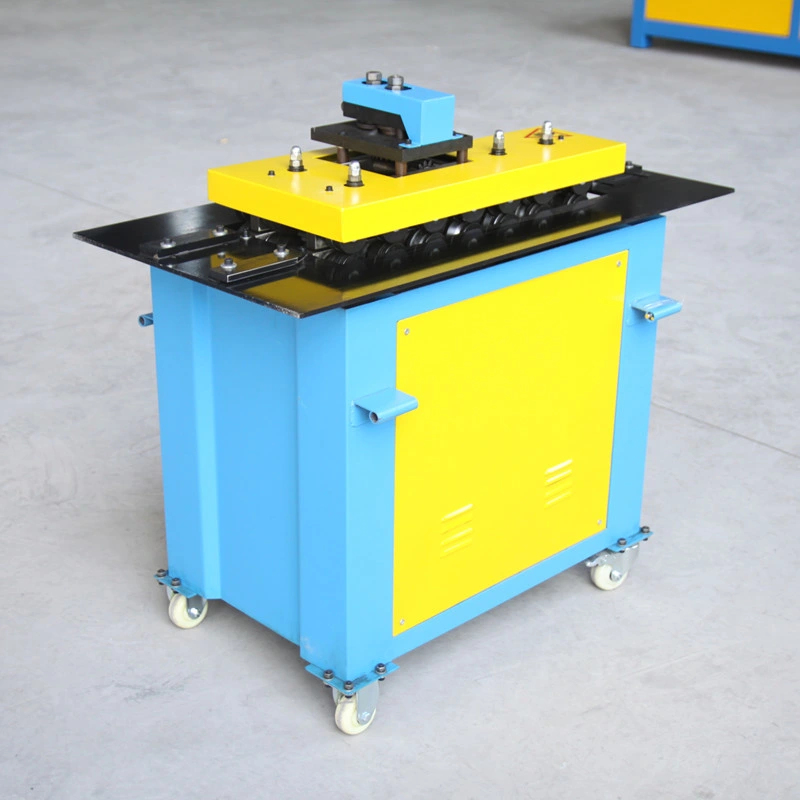The lock forming process is a critical technique used extensively in the fabrication of machine parts, particularly in the realm of sheet metal components. This method is instrumental in shaping and joining metal sheets to create complex structures with precise dimensions and specifications. Let’s delve into what the lock forming process entails and its significance in producing high-quality machine parts.
The lock forming process, commonly employed in industries such as automotive, aerospace, HVAC (Heating, Ventilation, and Air Conditioning), and construction, involves the bending and interlocking of metal sheets to form secure and durable seams or joints. This technique plays a vital role in manufacturing various machine parts, ensuring their structural integrity and functionality.
Importance of Precision Engineering
One of the primary advantages of the lock forming process is its ability to produce strong and leak-proof joints, making it ideal for applications where air or liquid tightness is critical, such as ductwork in HVAC systems or fuel tanks in automotive engineering. The locked seams created through this process enhance structural integrity, prevent material distortion, and ensure optimal performance of machine parts under varying operating conditions.
Specialized Machinery and Automation
The lock forming process can be accomplished using specialized machinery such as lock formers or roll formers, which are designed to handle different types of metal sheets and thicknesses. These machines utilize a combination of rollers, dies, and press mechanisms to precisely shape and lock the metal sheets into the desired configuration. Advanced computer numerical control (CNC) technology is often integrated into modern lock forming machines, allowing for automated and highly accurate production processes.
Versatility in Design and Production Efficiency
In addition to its mechanical strength and sealing capabilities, the lock forming process offers versatility in design, enabling the creation of intricate shapes, curves, and profiles in machine parts. This versatility allows engineers and manufacturers to meet specific requirements for functionality, aesthetics, and performance in diverse industrial applications. Furthermore, the lock forming process contributes to efficiency and cost-effectiveness in manufacturing operations by minimizing the need for additional welding, soldering, or fastening processes.
Ensuring Quality and Durability
The lock forming process is instrumental in ensuring the quality and durability of machine parts, particularly those subjected to rigorous operational conditions. By producing seamless and tightly sealed joints, it minimizes the risk of leaks, structural failures, or performance issues, thereby enhancing the overall reliability and longevity of machine components.
In conclusion, the lock forming process stands as a cornerstone in the manufacturing of machine parts, offering precision, strength, versatility, and cost-effectiveness in creating secure joints and structures from metal sheets. Its applications span across various industries, showcasing its vital role in modern engineering and fabrication processes.
Stay in touch to get more updates & news on Discover Tribune!




